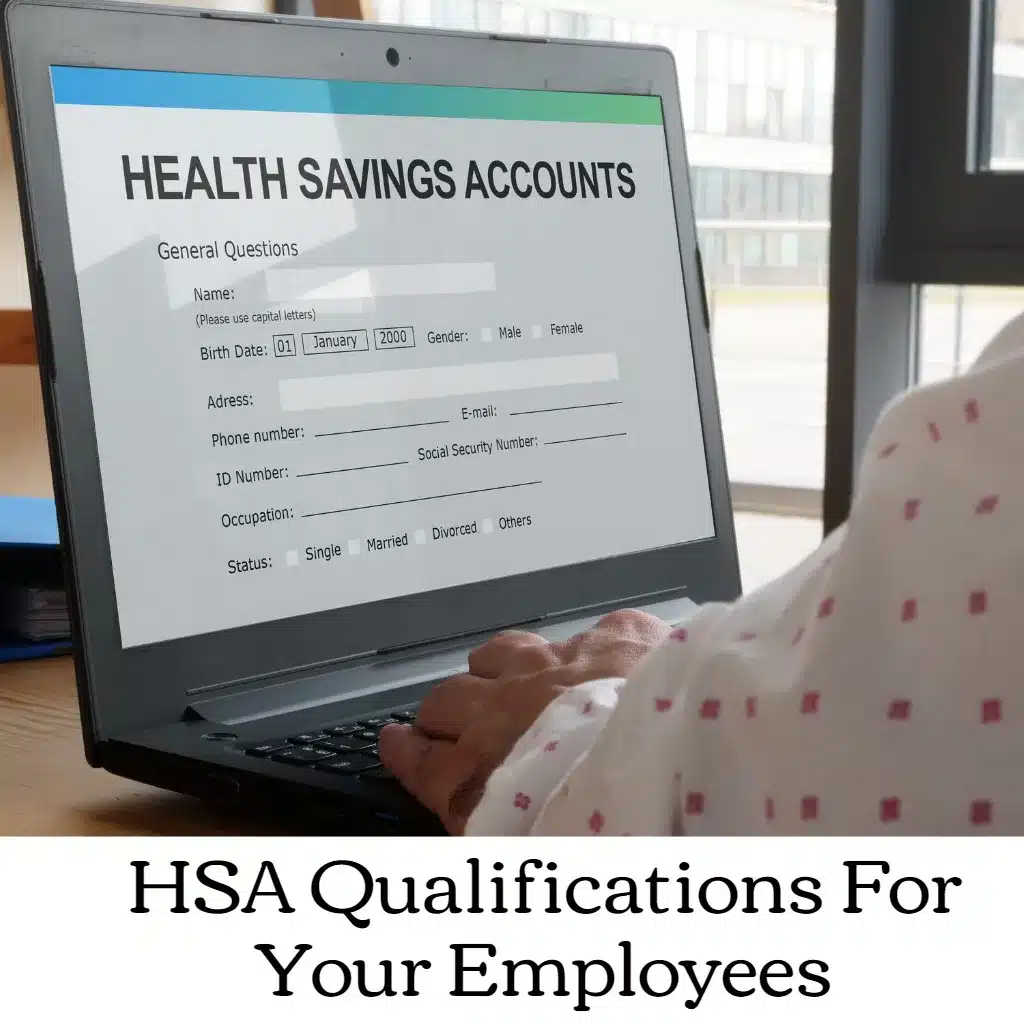An increasing number of employers are jumping on the high deductible health plan bandwagon. In 2006, only around 6% of companies that offered healthcare plans offered High Deductible Health Plans, but in 2019 that number soared to 26%. There are definitely good reasons to consider offering one of these plans to your employees, but you do need to know that not all high deductible plans are the same. With some high deductible plans, you can offer your employees a Health Savings Account (HSA), which has tax advantages for them and for you. But first you need to make sure you’re choosing the right plan.
What Makes an HDHP HSA-Eligible?

It might seem like a small distinction, but not every high deductible plan is a High Deductible Health Plan (HDHP) with a capital “H.” The difference is that an HDHP not only has a high deductible, but it also meets certain criteria. If your plan meets this criteria then – and only then – can you offer an HSA alongside it. To be an HDHP, the plan must have:
- A deductible that meets minimum requirements. A “high deductible” isn’t just a matter of opinion; each year, the IRS sets the minimum deductible amount for a plan to be considered HSA-eligible. For 2020, the deductible for an individual must be at least $1400, and for families, it must be at least $2800 for the plan to be an HSA-eligible HDHP.
- A maximum out-of-pocket amount. Having a high deductible plan means having higher out-of-pocket expenses, but the good thing is that there is usually a limit to how much you have to fork out each year in deductibles and copays. To be an HSA-eligible HDHP, this out-of-pocket maximum must be below a certain amount. For 2020, that number is $6,900 for an individual and $13,800 for family.
- No insurance coverage until the deductible is met. In order to take part in all of the advantages an HSA has to offer, you do have to give up some coverage. But don’t worry, there are some exclusions. Wellness and preventative care, which even includes things like help with weight loss and quitting smoking, as well as regular checkups and care resulting from accidents, can all be covered before the deductible is met in an HDHP with HSA.
These are the rules for offering an HSA alongside a high deductible plan, and there are also a few other rules surrounding contributing to an HSA to be aware of. In addition to being covered by an HDHP, you also cannot:
- Have any other health coverage
- Be enrolled in Medicare
- Be claimed as a dependent on someone else’s tax return
Why Offer an HDHP with HSA?
Now that you know what makes a high deductible plan HSA-eligible, the next question is: why offer this type of plan to your employees? It all comes down to savings. Offering a healthcare plan to your employees is the right thing to do, and studies have shown that employees with healthcare are happier and more productive. But there’s no doubt that it’s expensive. Choosing a plan with a high deductible is one way to keep your costs down, because premiums on these plans are usually much lower. 
Just look at this comparison: in 2019, the average employee contribution to a healthcare plan without a high deductible was around $6,200 for an individual and $14,700 for a family. For HSA-eligible HDHPs that number was around $5,200 and $14,000 respectively – a savings of $700 – $1,000.
Of course, HDHPs are not perfect. To some employees, especially lower income ones, the out-of-pocket expenses can feel like a burden. This is why it’s important to make sure the plan you choose is HSA-eligible. Having the HSA allows them to set aside money pre-tax to help pay for medical expenses that come up throughout the year; you can also help them out by contributing to their HSA (the maximum contribution allowed by both you and your employee combined is $3,550 for an individual and $7,100 for a family).
Offering an HSA alongside a HDHP (and contributing to it!) means that your employees will be more likely to enroll in your plan. It may also be the difference between them skipping out on preventative care or necessary treatments – possibly leading to poor health and more sick days in the future – and using their plan when they need it.
There’s a lot you need to know when you’re the boss. You’ve got to know your business, and also know what’s best for your employees – and sometimes that means reading up on things that aren’t your business – like health insurance. But don’t worry, you don’t have to go it alone! EZ can answer any questions you have, and can help you find the plan that works best for your employees and your business. There’s nothing we can’t answer, and we’ll never hassle you or charge you for our services. If it’s just quotes you’re after, stop by, give us a few seconds of your time, and be on your way. You’ve got enough to do! To get started with us, enter your zip code in the bar above. Or to speak with an agent directly, call 888-350-1890

